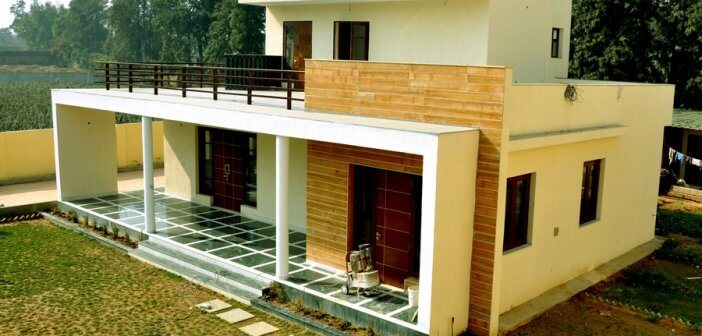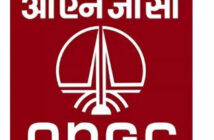Hon’ble Prime Minister launched Pradhan Mantri Awas Yojana (Gramin) exactly one year ago on 20th November, 2016 from Agra. A target of completing one crore new houses after beneficiary registration, geo-tagging and account verification by 31st March, 2019 was set. Of these, 51 lakh houses had to be completed by 31st March, 2018.
After the launch, it took few months to complete the process of beneficiary registration, geo-tagging, account verification etc. 55.85 lakh houses have already been sanctioned and work is under progress. Nearly 30 lakh of these houses have reached roof level of construction and 15 lakh of these houses are at finalization level. As on 20th November, 2017, 9.03 lakh houses have already been completed. It is expected that 10 lakh PMAY(G) homes will be completed by 30th November, 2017, 15 lakh houses by 31st December 2017, 25 lakh houses by 31st January, 2018, 35 lakh houses by 28th February, 2018 and 51 lakh houses by 31st March, 2018. States like Chattisgarh, Jharkhand, Madhya Pradesh, Maharashtra, Orissa, Rajasthan and West Bengal have completed a large number of houses.
New designs, local construction material, use of technology through rural mason training, geo-tagging of assets and payment directly into the account of beneficiary through IT-DBT platform have ensured transparent, hassle-free and quality programme implementation. All States and UTs are trying very hard to facilitate beneficiaries to complete their homes on time. The use of Socio Economic Census (SECC 2011), validation by Gram Sabha and use of Space Technology for geo-tagging has ensured that there are least inclusion errors and it is only the homeless and those living in one kuccha room with kuccha roof or two kuccha rooms with kuccha roof are the beneficiaries of this pro-poor programme. Technology has been used to empower the poor. The homes are designed by the best of institutions after studying the existing local design typologies and are constructed by beneficiaries as per their need. These homes are not only changing the rural landscape but also bringing about a social transformation in villages across the country. The poor are getting safe homes and can live with dignity with facilities like toilet, LPG connection, electricity connection, drinking water facility etc. The governance reforms under PMAY(G) and the impact of higher demand of steel and cement on growth is being studied by the National Institute of Public Finance & Policy, New Delhi. The Central Building Research Institute, Roorkee will undertake a study on actual use of new designs, impact of rural mason training, local materials and new technologies under PMAY(G). A study on social transformation is being commissioned separately to understand the impact of a good housing programme. The progress of PMAY(G) can be seen by any person on Awaassoft.nic.in platform with geo-tagged photographs and complete details of beneficiaries and payments made to them.





